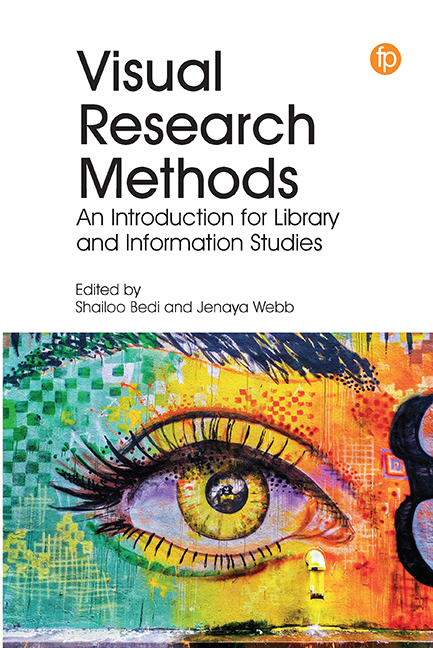4 - Rediscovering Community Heritage Through 3D Laser Scanning and Visualization
Published online by Cambridge University Press: 07 November 2020
Summary
Introduction
This chapter discusses 3D capture and visualization technologies, such as laser scanning and photogrammetry, as mechanisms for conducting participatory research in cultural heritage. The work emerged from a programme of transdisciplinary research that combined expertise from the fields of architecture and the built environment, computing science and library and information science (LIS). The larger research project investigated how methods like photo elicitation, linked data and offline community participation can enable heritage participation. The participatory scanning and visualization work described in this chapter presents a novel use of visual methods that has been refined over the course of several projects.
Scanning and visualization technologies are routinely used to document fragile heritage sites for the purposes of conservation and monitoring (Yastikli, 2007). Capturing an accurate record of these sites can be challenging and the complex (and often very large) digital artifacts that are produced can themselves be difficult to curate and preserve in the longer term (Richards, Jeffrey and Niven 2013). As technologies decrease in price and workflows and processes become standardized (Bennett, 2015), new applications for scanning and visualization technologies are emerging. Chandler et al. (2017), for example, developed visualizations of ancient temples in Cambodia for participatory public engagement events. Bloice, Baxter and Gray (2018), in their work on using visual methods to examine the social and cultural value of small airports, combined 3D methods with still and moving images and visualizations.
The empirical context for the research discussed in this chapter evolved over a number of projects but culminated in a project called Castle to Cathedral to Cashmere, a multi-partner, community-driven project that ran from 2015 to 2017. Its aim was to facilitate heritage-led regeneration of the city center of Elgin, a small, historically significant town in northeast Scotland. The project's particular goal was to increase tourist visitors to the area (Reid and Tait, 2017). Elgin has a rich heritage dating back over one thousand years, but ancient monuments and sites of historical significance do not necessarily lead to increased visitor numbers. This is especially the case in Scotland, where the tourism market is well-established in regions such as the Scottish Highlands, Royal Deeside and the Neolithic sites of Skara Brae and the Ring of Brodgar in Orkney.
- Type
- Chapter
- Information
- Visual Research MethodsAn Introduction for Library and Information Studies, pp. 83 - 106Publisher: FacetPrint publication year: 2020
- 1
- Cited by



